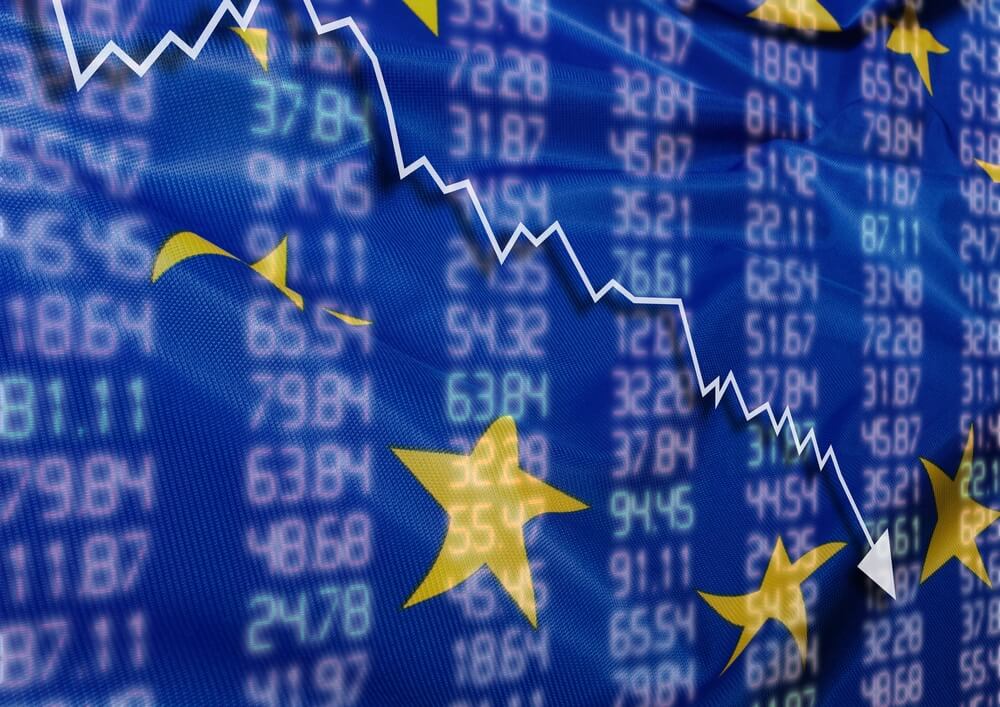
European Stocks Remain Steady as Investors Evaluate Dynamics
In today’s dynamic financial landscape, the quest for the best European stocks has become a central focus for both seasoned investors and newcomers to the market. With economic uncertainties and changing market conditions, identifying the right investment opportunities requires a blend of strategic analysis and a keen understanding of emerging trends.
This article aims to delve into the realm of European stocks, unveiling strategies for identifying potential winners while navigating the intricate currents of the market.
Unearthing the Gems: Navigating the European Stock Market
The Stoxx Europe 600 index faced a setback, experiencing a decline of 0.6% as of 8:53 a.m. in London. This decline was accompanied by trading volumes that stood at 37% below the average recorded over the past 30 days at this particular time of the day. This unusual decrease in trading activity raised some eyebrows, indicating a potential divergence from the norm in market behaviour.
The world of European stocks presents a diverse spectrum of investment opportunities. Investors seeking to make informed decisions must keep an eye on cheap stocks that offer the promise of substantial returns. These stocks often belong to companies that, despite their low prices, exhibit solid fundamentals and promising growth potential. However, the challenge lies in distinguishing between undervalued stocks with genuine growth prospects and those that are cheap for a reason.
On the other end of the spectrum, investors looking for stability amid market volatility often turn to defensive stocks. These stocks belong to industries that tend to remain relatively stable regardless of broader market fluctuations. Industries such as utilities, healthcare, and consumer goods fall into this category, making them attractive options for risk-averse investors. While the potential for rapid gains might be lower, these stocks offer a cushion of safety during turbulent times.

Capitalising on Sectoral Trends: The Case of European Bank Stocks
One sector that consistently garners attention in the realm of European stocks is the financial sector, particularly European bank stocks. The performance of these stocks is intricately tied to the economic health of the region. As economic cycles ebb and flow, the fortunes of these banks can experience corresponding shifts. Thus, understanding the broader economic landscape is crucial when considering investments in this sector.
The ripple effects of China’s economic challenges have reverberated across the European stock market. Over the course of this month, European stocks have experienced a partial retreat, relinquishing a portion of the gains amassed earlier in the year.
The primary source of anxiety lies in the predicament of China’s real estate market, which has emerged as a focal point of concern due to its potential to trigger broader economic repercussions. Coupled with this apprehension is the unsettling notion that interest rates might peak at levels higher than initially anticipated, injecting an additional layer of unease into the equation.
Navigating the Seas of Opportunity
In the intricate world of investing, finding the best European stocks demands a nuanced approach that combines a deep understanding of market dynamics with a comprehensive analysis of sectoral trends. As investors explore the vast landscape of European stocks, they encounter a spectrum ranging from cheap stocks with hidden potential to defensive stocks offering stability. The spotlight on European bank stocks underscores the importance of sector-specific analysis, particularly in a sector as influential as finance.
In essence, the Stoxx Europe 600’s recent decline, coupled with the unexpected rate adjustment by the People’s Bank of China, has set a tone of uncertainty within the global financial arena. The delicate interplay between China’s economic endeavours and their potential ramifications on the broader global landscape has created a nuanced situation that investors and analysts alike are closely monitoring. Additionally, the historical precedent of August’s less-than-stellar performance adds an element of caution as the month unfolds.




